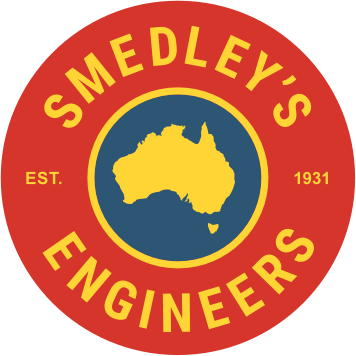Lance Fisher has seen many technical and engineering advances in all aspects of road transport since the 1970s.
After completing TAFE in 1973, and finalising his apprenticeship the following year, Lance Fisher familiarised himself with Leyland Truck and Bus Division and Kenworth trucks.
By 1981 he joined the reputable family business, John L Pierce Transport, where he has been ever since, now specialising in bulk fuel transport in the role of Fleet Manager.
“In recent times we are totally committed to bulk fuel transport after being invested in interstate linehaul for more than 50 years,” he says. “I spec all the prime movers and fuel tankers paying particular attention to a range of changes to provide a safer more efficient working environment for drivers and most of all attention to the ease of maintenance, reliability and payload advantages.”
Over the course of his career, Lance has observed key developments in trucking technology – world and government driven emission change is one of the major issues that have a flow on effect into prime mover maintenance.
“The major advancement into oil and lubrication technology has allowed different servicing regimes dependant on duty cycle, fuel burn and application,” he says. “EGR and EGR/DPF was, to say the least, brain damage for all in maintenance, both in hardware, durability and servicing costs. Another advancement during the last number of years because of emission changes is fuel and lubricant filtration which has enabled longer service intervals, greater engine protection and a lower cents-per-kilometre operating cost. The use of technology is endless and has allowed instant itemised vehicle maintenance and fuel records, fleet specification information, operating costs, fleet profitability etc. I was taught a saying: ‘If you can’t measure it you can’t cost it’.“
To improve the road transport industry, Lance would like to see increased investment in aerodynamics, a boost in weight on super single tyres, and a government incentive in regulatory cost reductions for those who are self-accredited and satisfy compliance audits.
“The lack of a national DG code, a need for updated ADRs and adjustments to prescriptive dimensional requirements that do not match the world stage are stifling profitability and innovation today,” Lance says. “Australia has been at the forefront of innovative equipment boosted along by the vast amount of highly specialised trailer manufacturers but unfortunately we are held back or prohibited by archaic government regulations and bureaucracy. One is trying to get computerised loading for 45,000kg in 1987.”
One man that Lance, along with the older fuel industry personnel, particularly admire is Phil Hockney.
“Phil was 20 years ahead of his time back in the early 90s – he well and truly forged ahead tanker design and innovation to another level,” Lance says. “His incredible foresight into tanker manufacturing procedures, aerodynamics and extrusion design is unrivalled. His equipment is still operating today in many areas of our industry.”
This Industry Icon article was first published on trailermag.com.au
